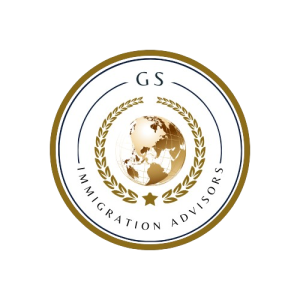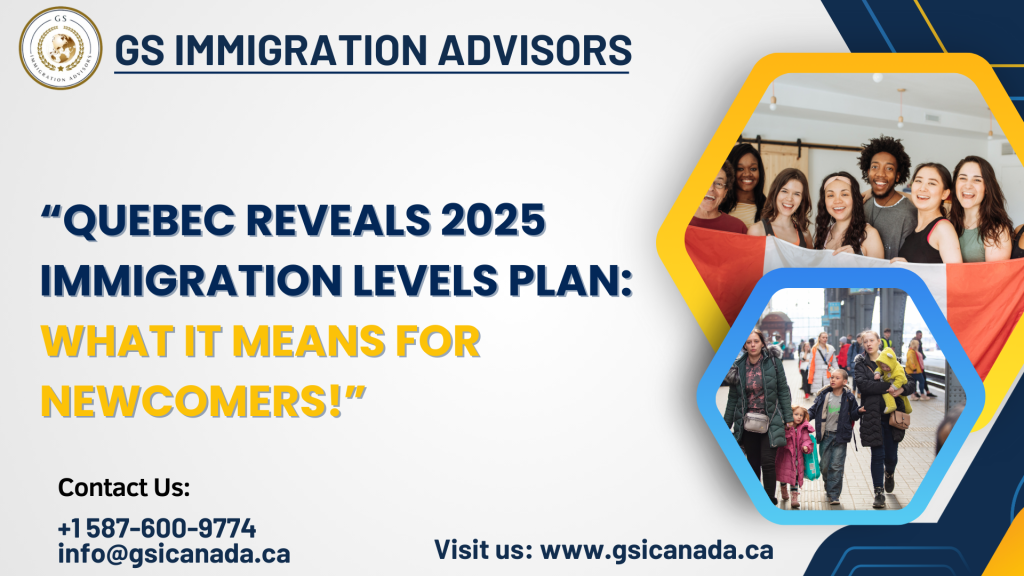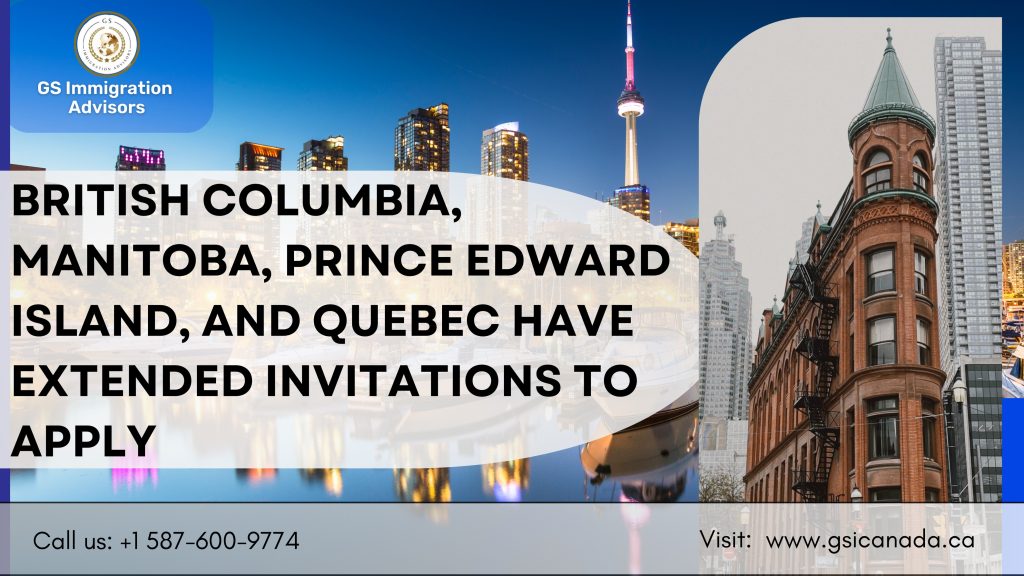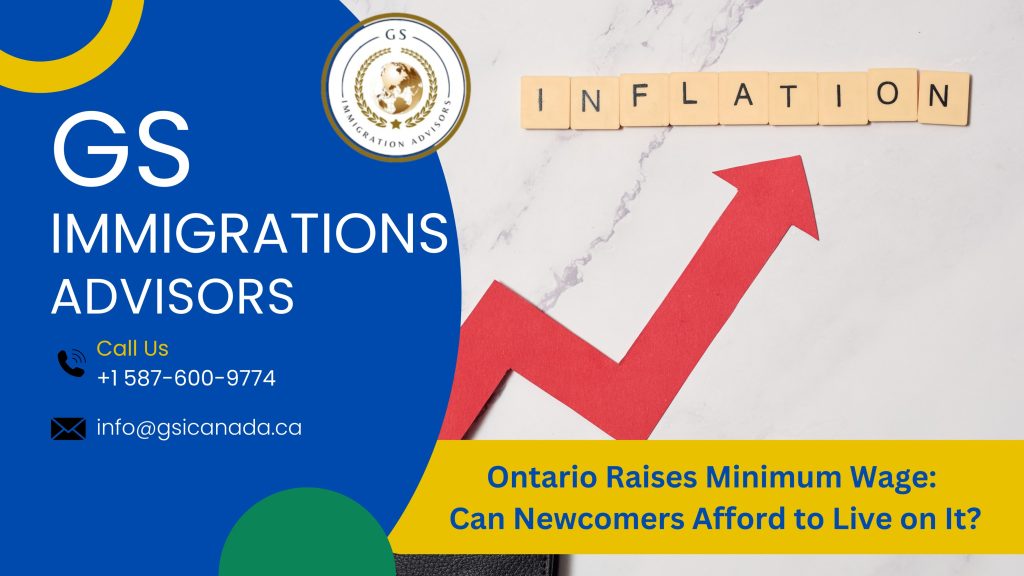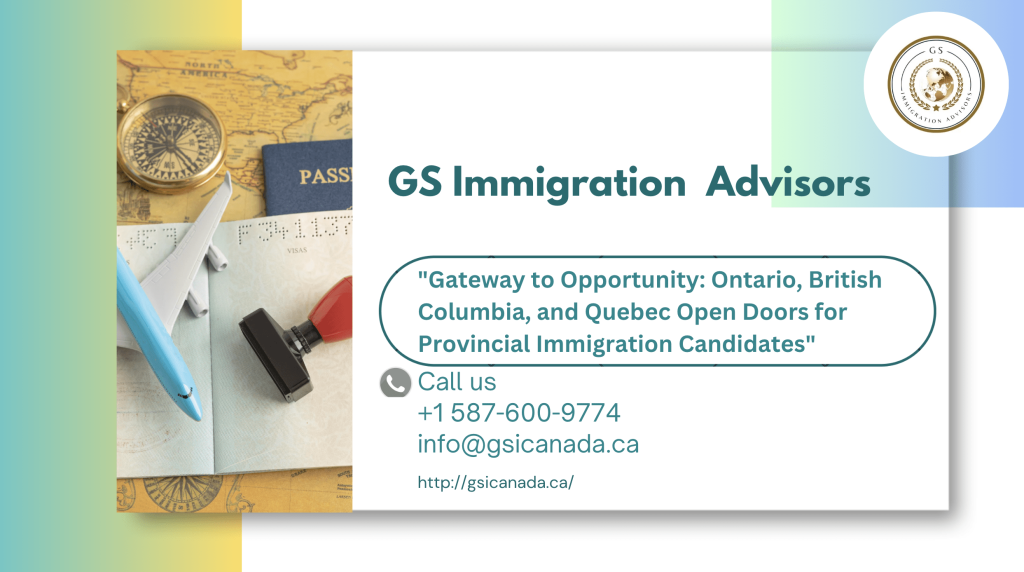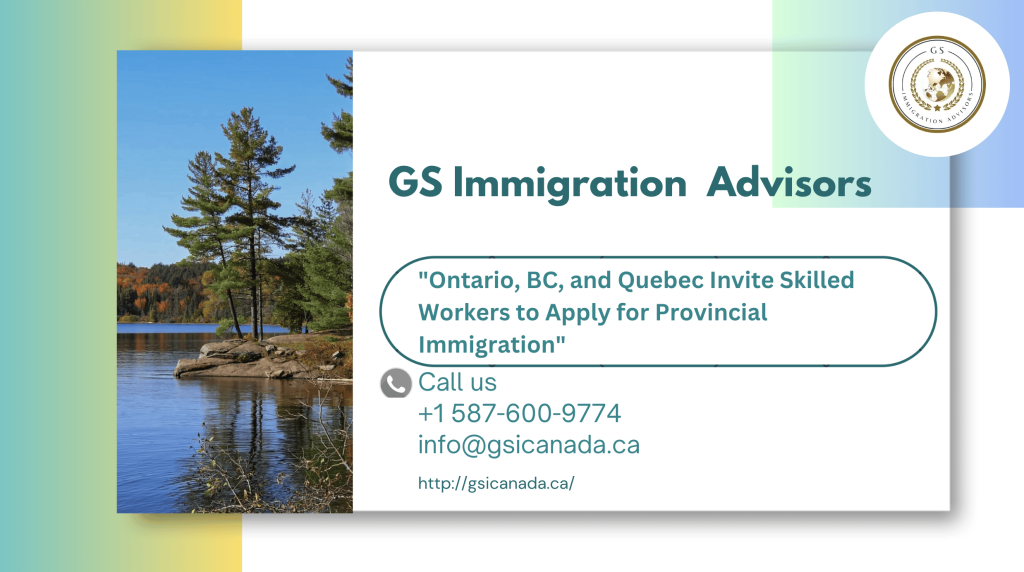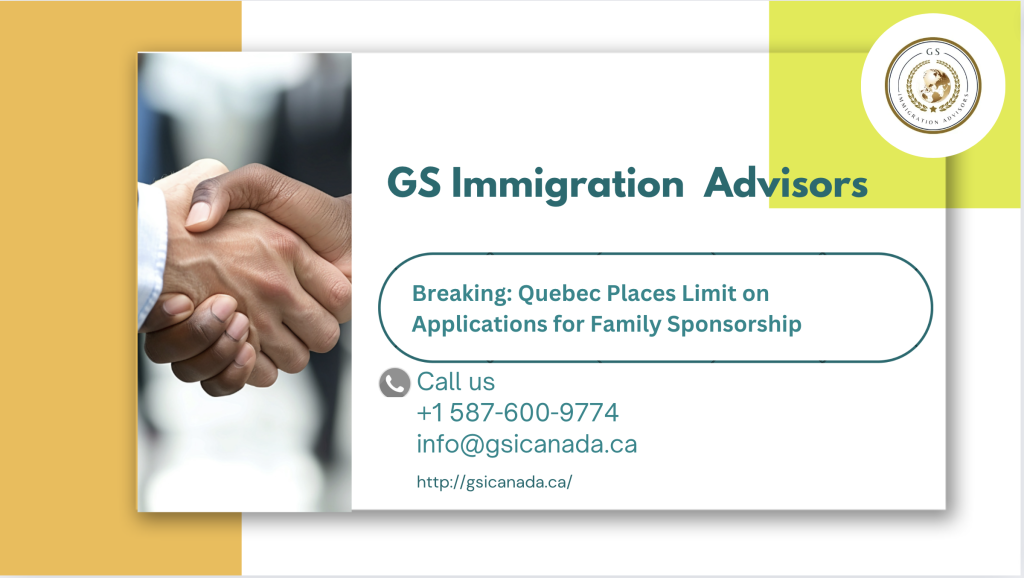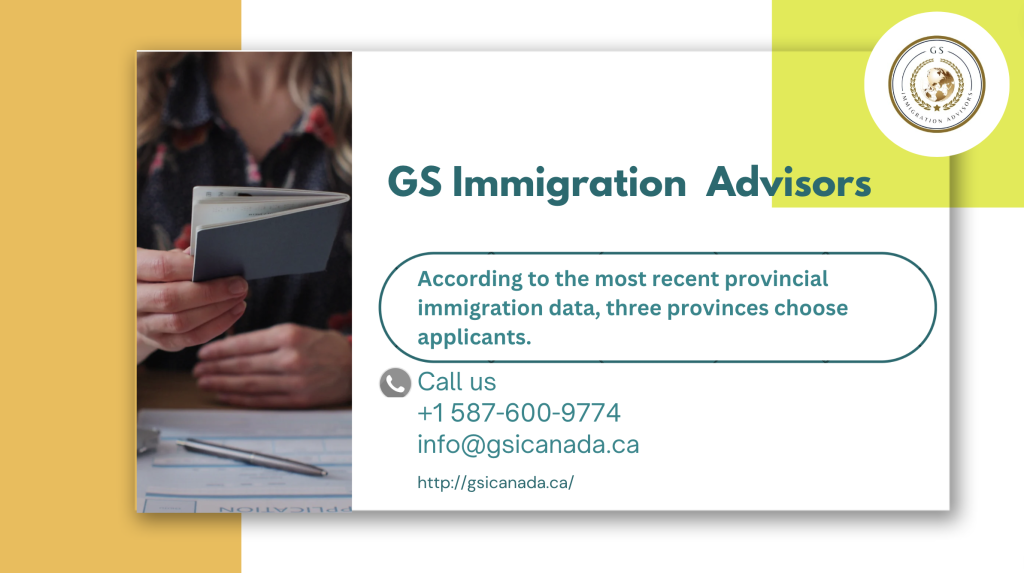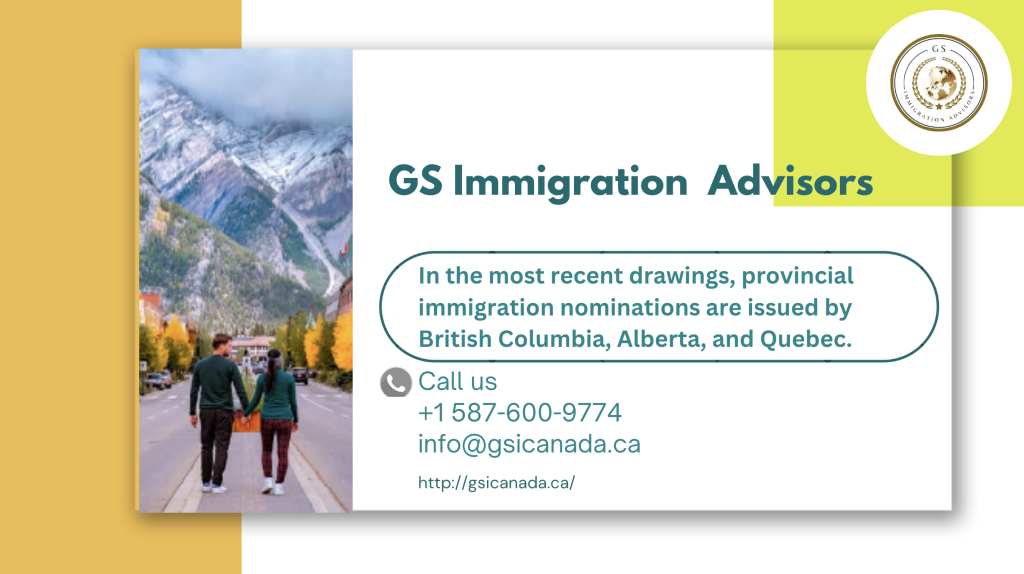“Quebec Reveals 2025 Immigration Levels Plan: What It Means for Newcomers!”
The specifics of the Quebec Immigration Plan for 2025 were revealed today by Quebec Immigration Minister Jean-François Roberge. The province intends to maintain its annual plans for permanent immigration, which are set at 50,000, in accordance with the most recent announcement. The province plans to admit 48,500 to 51,500 immigrants by 2025. Discover if You Are Eligible for Canadian Immigration The highest percentage of newcomers, between 31,000 and 32,900, fall into the economic category. There will be continuous admissions under the Quebec Graduates component of the Quebec Experience Program (PEQ)* in addition to these “regular admissions.” As a result, 72% of all scheduled admissions fall under the economic immigration category. Other routes, such as family reunion (between 10,200 and 10,600 persons) or refugee programs (between 6,600 and 7,200 people), are anticipated to bring in the remaining permanent residents (PRs). * Each year, the Quebec Immigration Department presents the Quebec Immigration Levels Plan, which outlines the amount of new immigrants the province plans to admit as well as the categories in which it will do so. A strong emphasis on French In order to remain competitive and draw in talent in important economic areas, the strategy restates the province’s emphasis on “strengthening the status of French.” By 2025, 79% to 80% of immigrants are expected to speak French at the time of entry. For key applicants in economic immigration, this increases to 95%. Two well-liked pathways for permanent residents are suspended. The province said today that it would be discontinuing two well-liked initiatives that have served as avenues to permanent residency in addition to the Immigration Levels scheme. The Regular Skilled Workers Program (RSWP) is the inaugural program. Until at least June 30, 2025, the province will not extend invitations to apply for permanent selection under the RSWP or the Skilled Worker Selection Program, which will take its place as of November 29. Second, applications under the Quebec Experience Program’s “Quebec graduate” stream will no longer be accepted. International students frequently use this as a means of obtaining citizenship. The latest date that these policies will be in effect is June 30, 2025. Temporary foreign employees The province has not incorporated temporary resident limits, in contrast to the federal Immigration Levels Plan 2025-27. It does, however, specify that a multi-year immigration planning process, including a public consultation, will be conducted in 2025, with a focus on temporary immigration. The creation of multi-year immigration guidelines for 2026 will benefit from this. The Regular Skilled Worker Program’s national cap The declaration today follows a flurry of reforms to Quebec’s immigration laws this year. The province declared earlier this month that it would only allow up to 25% of foreign nationals from any one countries to be invited under the Regular Skilled Worker Program. For a year beginning October 9, 2024, the policy will limit the percentage of invites sent to foreign nationals of any one nation to 25% for each draw. Quebec and immigration Because it controls the yearly entry of skilled workers and immigrants, Quebec stands out among the Canadian provinces. It is notable for its focus on Francophone immigration across Canada, which has been steadily increasing annually. Quebec declared last year that it would accept 50,000 newcomers annually in 2024 and 2025. This figure excludes temporary foreign workers and graduates chosen under the Quebec Experience Program. A week before to this statement, Canada announced that it would be reducing its 2025 targets by 21% in its Immigration Levels Plan for 2025-27. Over the next three years, the federal government wants to admit 395,000 permanent residents in 2025, 380,000 in 2026, and 365,000 in 2027. Discover if You Are Eligible for Canadian Immigration
